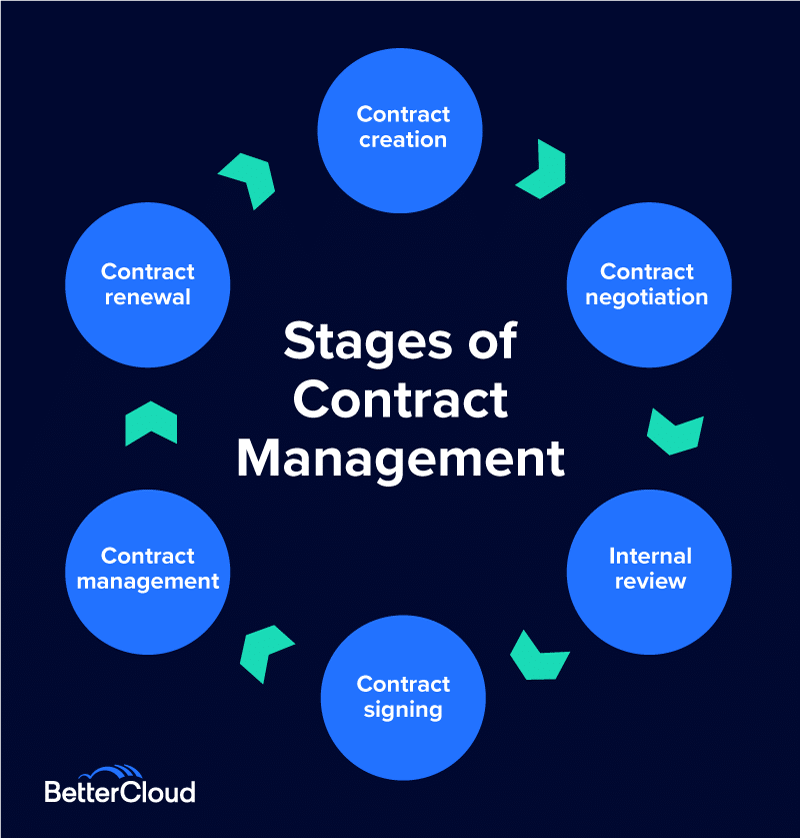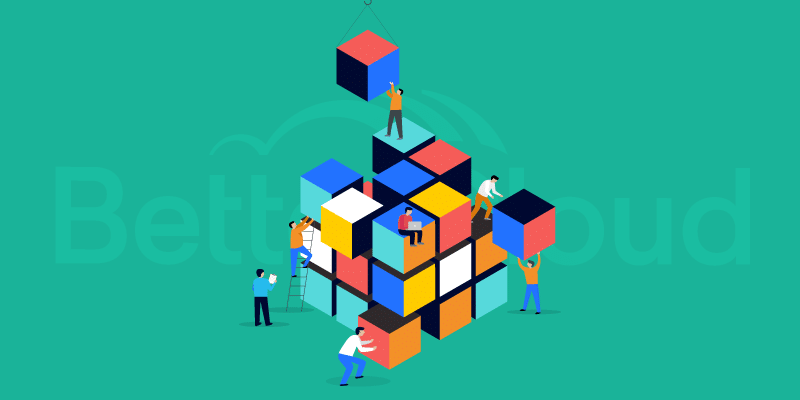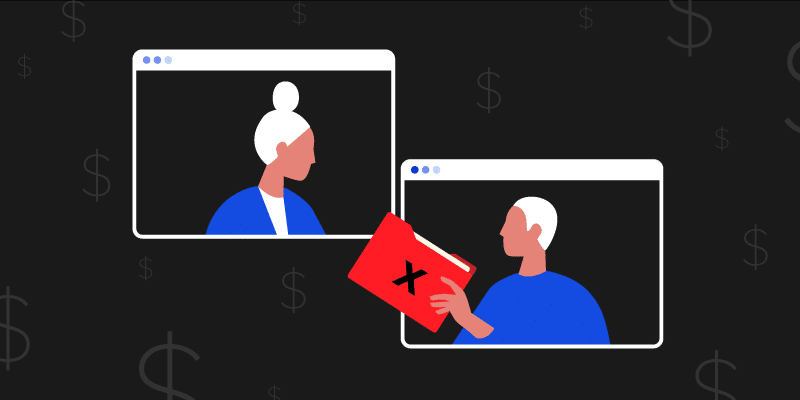7 Things to consider when buying software
July 23, 2024
4 minute read

Finding the perfect software can feel like searching for a unicorn. On one hand, the right software can boost efficiency and save your team time while on the other hand, the wrong one can do just the opposite.
The problem? Information overload. In a time where everything is just a quick internet search away, software buyers are bombarded with countless options and can make the software buying process quite overwhelming (to say the least).
Common concerns we hear from software buyers include:
- Difficulty finding software for department specific needs and regions
- Managing ever-changing pricing models and tech products
- Negotiating SaaS contracts and navigating the buying journey
- Confusion and worry about fit, security, integrations, user adoption, and licensing
To navigate your team through the software procurement process, we’ve crafted this mini-buyers guide to ensure your team invests in a solution that aligns with your needs.
7 Steps to consider when buying software
1. Understand your business needs
Before diving in, it’s important to understand the team’s specific needs and what they’re struggling with. Talking to them will help identify the challenges they face and pinpoint problems that software can address.
Sometimes, you may be able to prescribe an existing software to solve the issue at hand, saving you time and money.
If a solution does not exist in your current tech stack, you’ll want to determine the number of employees that will need access to the software. This is essential for effective license management down the line.
2. Create your must-have list
Now, it’s time to prioritize what matters most. Consider the following factors:
- Features: Does the software offer the functionalities you absolutely need? Features that will solve the current problem?
- Integrations: Can it seamlessly integrate with your existing systems?
- Cost: Does it fit within your budget? (Remember to prepare for both upfront costs and ongoing subscription fees)
- User-friendliness: Is it easy for your team to learn and use?
- Scalability: Can it adapt and grow alongside your business needs?
3. Conduct a research deep dive for potential software vendors
Based on your must-haves list, it’s time to start researching software that aligns with the solution your team is looking for.
Common practice during this research phase is to keep a central reference point, like a spreadsheet, to track key information to help make an informed decision later on. Some will include their must-haves as a check box, some will have sections to expand on differentiators, and some will also put higher priority items to the top of the list like budget or key features.
Questions to ask prospective vendors include:
- How often is the software updated? Are updates included in the cost?
- What security measures are in place to protect your data? Are there any relevant certifications?
- How long has the vendor been in business?
- What kind of support is offered? What are the response times?
- Is there training included? Is ongoing training available?
- What is the pricing model? One-time or subscription based? What fees can I expect?
Software price vs Value
Cost is typically the first factor that is considered when purchasing new software, but remember the cheapest option is not always the best option. Look for software that delivers the most value for your investment.

4. Consult online software reviews
Don’t skip online reviews! 93% of buyers find online reviews have solidified their purchase decision. Platforms like G2 offer a goldmine of real-user insights that help you compare software options side-by-side (“apples to apples”) by highlighting strengths, weaknesses, and specific features. While vendor meetings offer valuable information, online reviews provide a broader perspective, cutting through confusion and helping you make the best choice.
5. Demo your software choices
It’s often said that there is no substitute for trying software firsthand. If the vendor offers a demo or free trial, take advantage of this to test features and evaluate user experience.
As you near the end of the trial period, gather feedback from employees who participated to further help decide which software is best.
6. Purchase your top choice
After conducting your research, take the time to review the research you and/or your team have conducted and choose the software that best suits your needs and priorities.
Once a contract is in hand, carefully review and understand all terms and conditions before making a purchase. Contracts can contain complex legalese so don’t hesitate to ask for clarifications for any clauses or terminology that seem unclear. If necessary, consider consulting with a legal professional to ensure you fully understand the terms of the agreement.
This initial agreement will be the starting point for contract management moving forward. If you have access to a SaaS spend management tool, there’s a chance contract management is built into the platform. This central source of truth helps prevent duplicate software, remind you when a renewal is imminent, and fuel vendor negotiation discussions.

7. Monitor the success of your purchase
Great news! You’ve successfully implemented your new software. Now, let’s ensure it continues to meet your needs.
Just like during the initial selection process, ongoing evaluation is crucial for effective SaaS spend management. Here are some key questions to consider when measuring your software’s Return On Investment (ROI):
- Are we benefiting enough from this software to justify the cost?
- Will this software solution grow with us?
- Does this software perform the job we were promised?
- Do our employees enjoy using this product?
- Are we getting enough customer support?
- Is this software moving us toward company goals?
If the majority of your answers to these questions are no, then it could be time to explore other options or at least re-negotiate your contract. You might not pick the right software on the first try and that’s okay! Monitoring your progress and being able to learn from your mistakes will help guide you toward the right solution.
Fuel your software buying decisions with BetterCloud
Purchasing software is just the beginning. It’s the start of a continuous loop of improvement and monitoring to ensure your tech stack is right sized for your organization.
Is your software stack a burden or a booster? BetterCloud offers an effective solution to SaaS spend management to maximize your software investments and optimize your tech stack.Schedule a demo today to get started.






